
Greywalls Hotel
- Muirfield, Gullane, East Lothian, Gullane EH31 2EG, Scotland United Kingdom
- 01620 842144
- Login to view
- Tourism & Voyage
-
Closed
Description
Greywalls Hotel, with its wrap-around formal walled garden of about six acres, was designed by Sir Edwin Lutyens in 1901. We are open all year round.
Greywalls was built as a holiday home for its original owner, the Hon. Alfred Lyttelton. Lyttleton, a keen golfer, insisted that the house be built ‘within a mashie niblick shot of the eighteenth green at Muirfield’.
With its warm honey coloured stone from the local Rattlebags Quarry, pantiles from Denmark and its crescent shaped symmetry it was always one of the Edwin Lutyen’s favourites.
In 1905 Mr. William James bought Greywalls and, finding that the house was not big enough for his family, had the lodges at the gate built on in 1908 to accommodate staff and asked Sir Robert Lorimer, one of Scotland’s leading architects, to build on the ‘Nursery’ wing to the West in 1911.
Before the First World War the lovely Mrs Willy James, wife of the second owner, used to entertain Edward VII here, at Greywalls. The house was not large enough for the James’ parties and they commissioned Sir Robert Lorimer, one of Scotlands’ most famous architects to build a ‘nursery’ wing in 1911, having already added a fine entrance courtyard and lodges to house the staff in 1908. So Greywalls is not only the sole surviving Lutyens house in Scotland today, it is also the only house which can boast examples of the work of two of the UK’s leading architects of their day.
In 1924 Lt. Col. Sir James Horlick, great grandfather of Giles Weaver, bought the house. The Weaver family used it as their summer holiday house until the beginning of World War Two. The Weaver family have done their utmost to preserve the character of the original Lutyens design by continuing to use Rattlebags stone from a local quarry worked by monks, and the ‘pan tiles’ made specially in Holland.
Sir Edwin Lutyens
Greywalls was designed by Edwin Lutyens and built in 1901. The house was described by Sir Laurence Weaver in his book Houses and Gardens by Sir Edwin Lutyens as 'a small, albeit dignified, holiday home'.
Edwin Lutyens was knighted in 1918 for his contributions to architecture. He received the Gold Medal of the Royal Incorporation of British Architects in 1921 and was made President of the Royal Academy in 1938. He died in London in 1944.
Edwin Lutyens and his colleague and garden designer Gertrude Jekyll were the 'dream team' of house and garden design in the early 20th century. This innovative partnership of Lutyens' distinctive architecture and Jekyll's garden plans produced some of the most desirable properties in Britain, Europe and North America. Both were profoundly influenced by the Arts & Crafts movement and ultimately became one it's leading exponents.
Gertrude Jekyll did her best work with Edwin Lutyens. Her own garden in Surrey was designed by Lutyens and planted by her, and they and they worked together in the same way on numerous commissions, mostly in England. Although there is no documentary evidence to connect her with the garden at Greywalls, it has been suggested in recent years that it is an example of their work together, the only one in Scotland.
The Gardens at Greywalls
If the enduring image of an Edwardian garden is of a place to promenade, of secluded seating areas where assignations can take place and of tea, cucumber sandwiches and lemonade served on the lawn on a warm summers afternoon, then Greywalls is the quintessential example. At Greywalls the visitor sees none of the harsh edges so often found in Scottish gardens. The gentle countryside drifts into the distance, echoed by the curving sky. The occasional clatter of a lawn mower in the distance and the cooing of wood pigeons conjures up a very pastoral and timeless feel.
One of the highlights of the garden at Greywalls is the walls, although why the house’s original name High Walls was changed to Greywalls remains a mystery. The walls are not even grey, but a mellow mix of yellow, cinnamon and pink brick, with pantiled copes of grey slate.
The arched doorways in the walls have beautiful detailing using these grey slates in an Art Deco design. There are straight walls and curved walls cunningly laid out to create rooms and vistas; radiating paths link entrances and exits through the doors, beckoning you through. It is the perfect place to wander.You can almost hear the swish of oyster-coloured satin skirts and smell the scent of rose and lavender water. The straight lines are softened by the curves of the walls and the proportions are totally satisfying, being neither too large nor too small but just right. Everywhere there are places to sit, in sun and in shade, in solitary contemplation, or in companionable conversation.
0 Reviews
Business Details
- Login to view
- Click to Call 01620 842144
- Muirfield, Gullane, East Lothian, Gullane, Scotland EH31 2EG, United Kingdom
- https://greywalls.co.uk
Browse Nearby
Statistics
- 987Views
- Ratings
- 20-11-2022 21:43:01
Share this info
Login to your Be found account

No Account yet? Click here to signup
Already have an account? Sign In
FEEDBACK / SUGGESTIONS
Give us your valuable feedback to make website more user friendly


Leave your details below


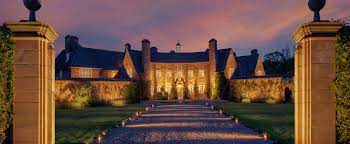
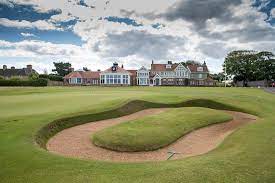
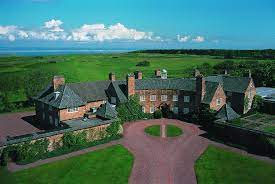
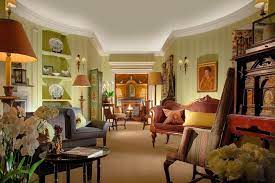
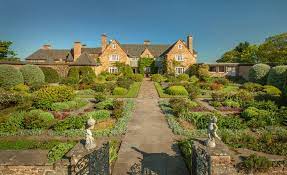
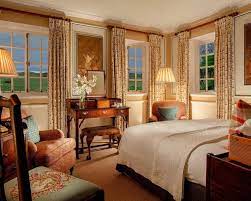
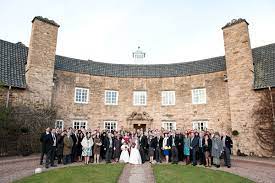
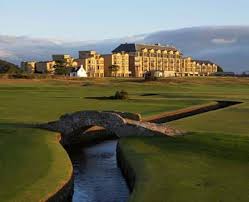
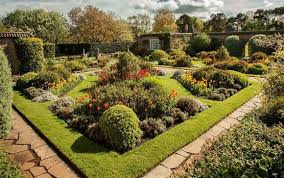

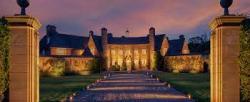
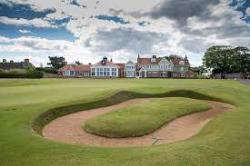
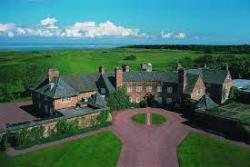
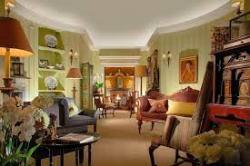
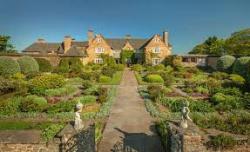
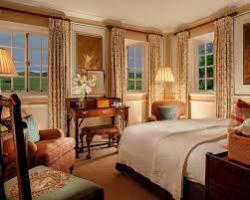
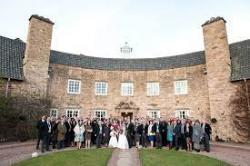
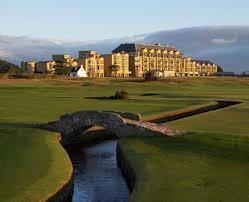
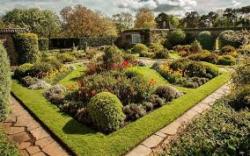


Sign in by Email